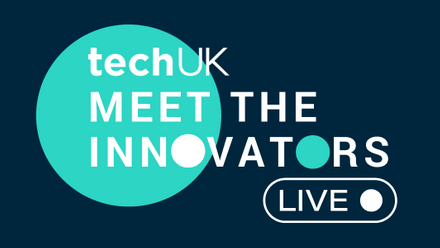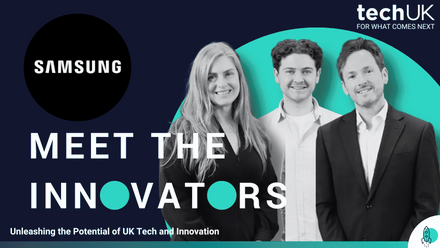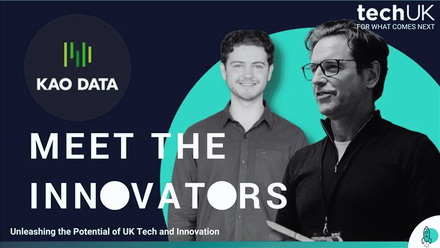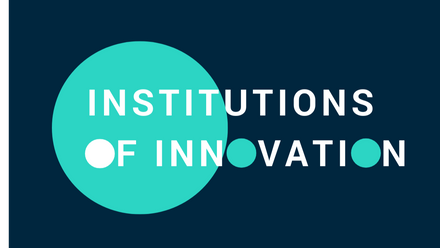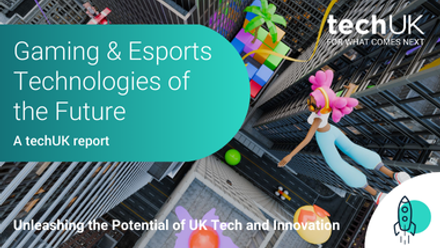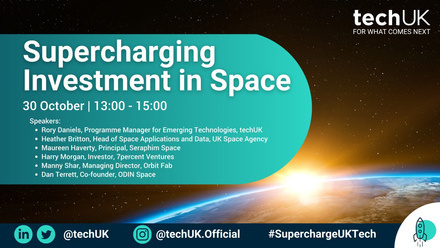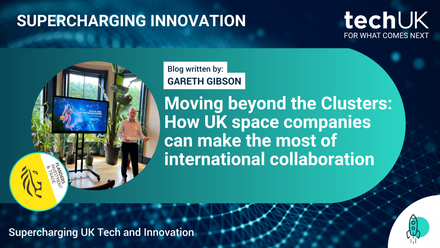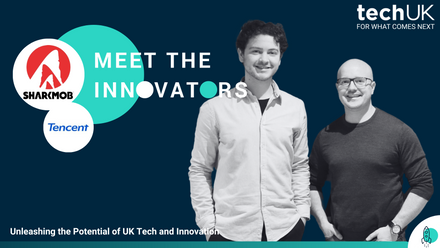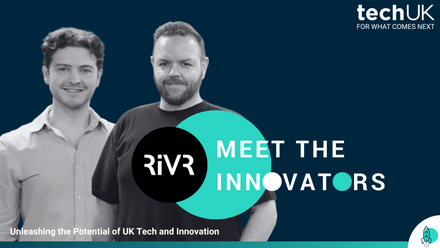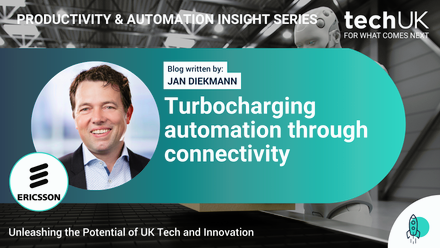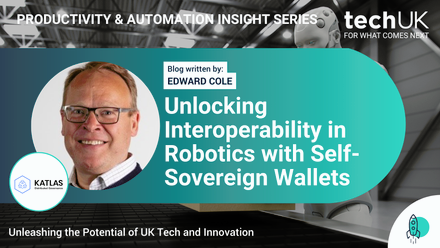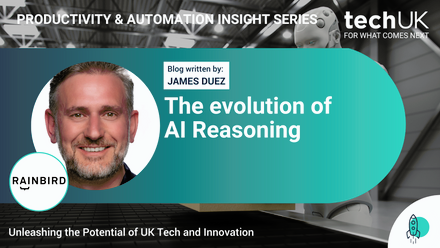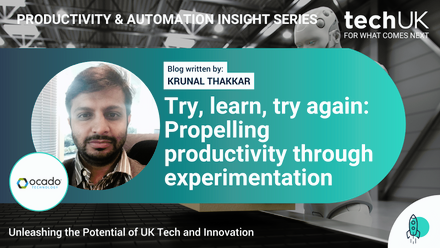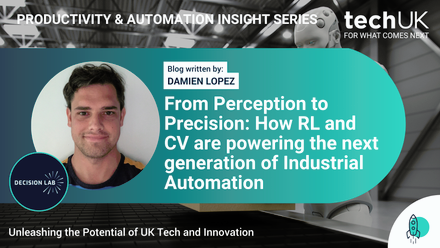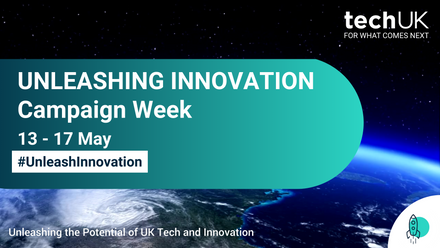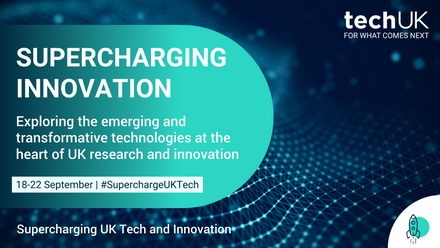Physical AI Needs a Trust Layer—Start at the Silicon
As we enter an era in which artificial intelligence no longer lives solely in the cloud but in autonomous machines, sensors, and robotics that interact with the physical world, one truth becomes unavoidable: AI must be trusted to be useful.
This shift—from Datacenter and software-based AI to Physical AI—demands a new layer of national infrastructure. These AI systems will increasingly make decisions, move autonomously, and operate in complex environments like factories, roads, farms, and homes. Their role is no longer passive; it is embedded in how we move, live, and work.
The implications are profound. Physical AI will touch safety-critical operations, public infrastructure, and even national defence. But here’s the catch: without strong device identity, there is no way to be sure that the device interacting with its environment is legitimate, secure, or behaving as intended.
That’s why the UK’s Silicon and Semiconductor Strategy—the blueprint for our technological sovereignty—must do more than prioritise chip design, AI accelerators, or volume manufacturing. It must bake in trust from the silicon layer up. This means investing in secure technologies, IP, and companies that provide device identity as a foundational capability.
Why Device Identity Matters
Device identity is the ability to cryptographically verify “this device is who it claims to be.” It’s the prerequisite for safe interaction, secure communication, and remote management. In traditional IT, this can be layered on. In Physical AI, it must be embedded.
Without identity, even the smartest AI is a black box—untraceable, untrustworthy, and potentially dangerous. Bad actors could spoof devices, hijack networks, or manipulate data flows. That’s not just a cybersecurity risk—it’s a national security risk.
eSIM: Secure-by-Design and Ready to Scale
This is where eSIM technology comes into play. Born from the mobile industry, eSIM (embedded SIM) has been hardened over two decades through relentless real-world testing against fraud, interception, and tampering. It’s a globally standardised, security-certified technology that embeds tamper-resistant cryptographic identity directly into the hardware of a device.
Instead of reinventing the wheel, we can reuse this proven secure element—already deployed at massive scale in smartphones, wearables, and connected devices worldwide. This means Physical AI systems can immediately benefit from:
- Cryptographic identity at the silicon level
- Remote provisioning and management
- Secure lifecycle control from manufacture to end-of-life
It is the ideal trust anchor for Physical AI systems that operate across national borders and outside of traditional IT boundaries. By embedding eSIM or similar secure elements into future UK-designed chips, we ensure that every Physical AI device can be verified, trusted, and managed—before it connects, before it moves, before it thinks.
Strategic Value of the UK and to the UK
The UK has a long-standing, globally respected legacy in signals intelligence and secure communications—from Bletchley Park to GCHQ. This heritage isn’t just historical pride; it’s a strategic asset. It gives the UK a unique foundation of expertise, infrastructure, and credibility to lead in the next frontier of digital trust. Embedding secure identity into silicon is a natural evolution of this legacy—translating decades of intelligence leadership into hardware that can power and protect AI systems in the wild.
So for the UK, this is an industrial opportunity. Embedding secure identity into silicon gives UK technologies a built-in compliance advantage in international markets increasingly defined by trust, transparency, and regulation. It also positions UK firms to play a leading role in global supply chains that demand secure, resilient infrastructure.
We already have the ingredients: deep mobile security expertise, a growing semiconductor ecosystem, and world-class cybersecurity talent. But to seize this opportunity, we must act decisively.
Boosting Safe and Responsible Futures
This foundation of eSIM-enabled, exportable trust also plays a pivotal role in accelerating the safe and responsible adoption of robotics and Physical AI across sectors—from precision agriculture and advanced manufacturing to logistics and healthcare. By ensuring every device is verifiably secure and manageable from deployment to decommissioning, we unlock the conditions for scale without compromising on safety or accountability. This trust infrastructure lowers barriers to adoption, encourages regulatory confidence, and ultimately drives productivity gains and economic growth—a direct boost to the UK’s ambition to lead in high-value AI-driven industries.
What the UK Must Do Now
1. Fund Security IP and Secure Identity Startups
Companies developing secure-by-design identity solutions—whether through eSIM, secure enclaves, or cryptographic stacks—are national assets. These businesses need targeted investment to scale and embed their IP into UK-designed chips and systems.
2. Incentivise Secure Design in Silicon
Government incentives and procurement standards should reward designs that embed security and identity from the outset—not as an afterthought.
3. Embed Security in the UK Silicon Roadmap
As new fabs, foundries, and design hubs are built, ensure security IP is treated as essential infrastructure. Security is not a “feature”—it’s a platform on which AI innovation can thrive.
4. Champion Exportable Trust
Devices built on UK secure identity should be positioned as high-trust alternatives in global markets. Secure silicon is not just a technology—it's a diplomatic tool in the age of digital geopolitics.
The Time To Act Is Now
The UK’s aspiration to lead in Physical AI will not be realised through performance alone. It will be secured by embedding trust at the hardware level—making sure every decision a device makes can be traced, verified, and governed. Let’s not bolt on security after the fact. Let’s lead by example and bake it into our silicon from day one. Trust is an essential part of Silicon, and the UK has the opportunity to lead the world in it.
techUK – Unleashing UK Tech and Innovation
The UK is home to emerging technologies that have the power to revolutionise entire industries. From quantum to semiconductors; from gaming to the New Space Economy, they all have the unique opportunity to help prepare for what comes next.
techUK members lead the development of these technologies. Together we are working with Government and other stakeholders to address tech innovation priorities and build an innovation ecosystem that will benefit people, society, economy and the planet - and unleash the UK as a global leader in tech and innovation.
For more information, or to get in touch, please visit our Innovation Hub and click ‘contact us’.
Latest news and insights
Other forms of content
Sprint Campaigns
techUK's sprint campaigns explore how emerging and transformative technologies are developed, applied and commercialised across the UK's innovation ecosystem.
Activity includes workshops, roundtables, panel discussions, networking sessions, Summits, and flagship reports (setting out recommendations for Government and industry).
Each campaign runs for 4-6 months and features regular collaborations with programmes across techUK.
techUK's latest sprint campaign is on Robotics & Automation technologies. Find out how to get involved by clicking here.
Running from September to December 2023, this sprint campaign explored how the UK can lead on the development, application and commercialisation of space technologies, bring more non-space companies into the sector, and ultimately realise the benefits of the New Space Economy.
These technologies include AI, quantum, lasers, robotics & automation, advanced propulsion and materials, and semiconductors.
Activity has taken the form of roundtables, panel discussions, networking sessions, Summits, thought leadership pieces, policy recommendations, and a report. The report, containing member case studies and policy recommendations, was launched in March 2024 at Satellite Applications Catapult's Harwell campus.
Get in touch below to find out more about techUK's ongoing work in this area.
Event round-ups
Report
Insights
Get in touch
Running from January to May 2024, this sprint campaign explored how the UK can lead on the development, application and commercialisation of the technologies set to underpin the Gaming & Esports sector of the future.
These include AI, augmented / virtual / mixed / extended reality, haptics, cloud & edge computing, semiconductors, and advanced connectivity (5/6G).
Activity took the form of roundtables, panel discussions, networking sessions, Summits, and thought leadership pieces. A report featuring member case studies and policy recommendations was launched at The National Videogame Museum in November 2024.
Get in touch below to find out more about techUK's future plans in this space.
Report
Event round-ups
Insights
Get in touch
Running from July to December 2024, this sprint campaign explored how the UK can lead on the development, application and commercialisation of web3 and immersive technologies.
These include blockchain, smart contracts, digital assets, augmented / virtual / mixed / extended reality, spatial computing, haptics and holograms.
Activity took the form of roundtables, workshops, panel discussions, networking sessions, tech demos, Summits, thought leadership pieces, policy recommendations, and a report (to be launched in 2025).
Get in touch below to find out more about techUK's future plans in this space.
Event round-ups
Insights
Get in touch
Running from February to June 2025, this sprint campaign is exploring how the UK can lead on the development, application and commercialisation of robotic & automation technologies.
These include autonomous vehicles, drones, humanoids, and applications across industry & manufacturing, defence, transport & mobility, logistics, and more.
Activity is taking the form of roundtables, workshops, panel discussions, networking sessions, tech demos, Summits, thought leadership pieces, policy recommendations, and a report (to be launched in Q4 2025).
Get in touch below to get involved or find out more about techUK's future plans in this space.
Upcoming events
Insights
Event round-ups
Get in touch
Campaign Weeks
Our annual Campaign Weeks enable techUK members to explore how the UK can lead on the development and application of emerging and transformative technologies.
Members do this by contributing blogs or vlogs, speaking at events, and highlighting examples of best practice within the UK's tech sector.
Summits
Tech and Innovation Summit 2025
Tech and Innovation Summit 2023
Tech and Innovation Summit 2024
Receive our Tech and Innovation insights
Sign-up to get the latest updates and opportunities across Technology and Innovation.









